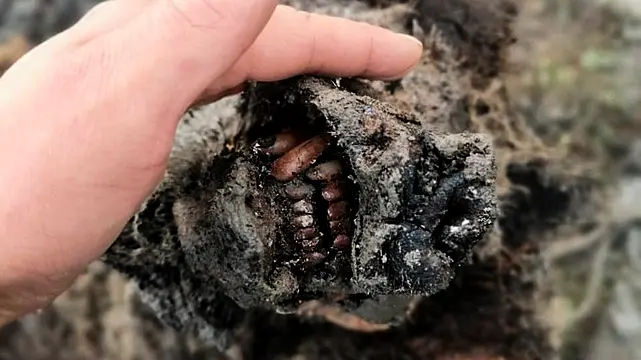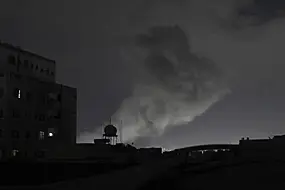The find, revealed by the melting permafrost, was discovered on the Lyakhovsky Islands with its teeth and nose intact.
Previously scientists had only discovered the bones of cave bears that became extinct 15,000 years ago.
Scientists of the North-Eastern Federal University in Yakutsk, the premier centre for research into woolly mammoths and other prehistoric species, hailed the find as groundbreaking.

Researcher Lena Grigorieva said: “This is the first and only find of its kind — a whole bear carcass with soft tissues.
“It is completely preserved, with all internal organs in place, including even its nose. This find is of great importance for the whole world.”
A preliminary analysis indicated the adult bear lived 22,000 to 39,500 years ago.
“It is necessary to carry out radiocarbon analysis to determine the precise age of the bear,” the university quoted researcher Maxim Cheprasov as saying.
The carcass was found by reindeer herders on Bolshoy Lyakhovsky Island, the largest of the Lyakhovsky Islands, which are part of the New Siberian Islands archipelago between the Laptev Sea and the East Siberian Sea.
At about the same time, a well-preserved carcass of a cave bear cub has also been found in another area in Yakutia’s mainland, the university said.
It did not describe its condition in detail but noted that scientists are hopeful of obtaining its DNA.
Recent years have seen major discoveries of mammoths, woolly rhinos, Ice Age foal, several puppies and cave lion cubs as the permafrost melts across vast areas in Siberia.







